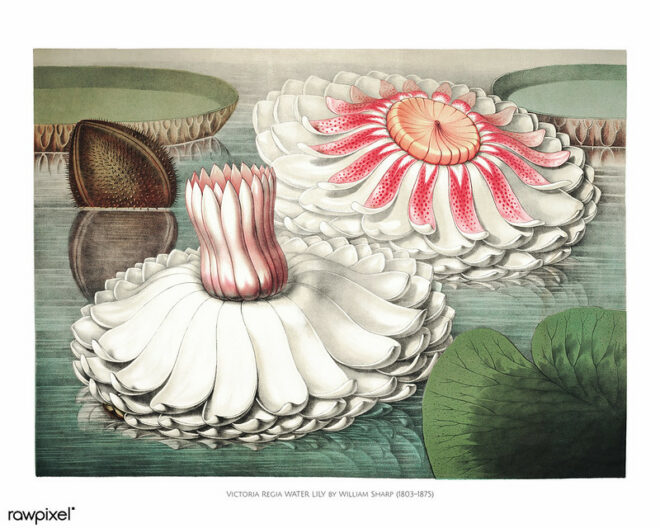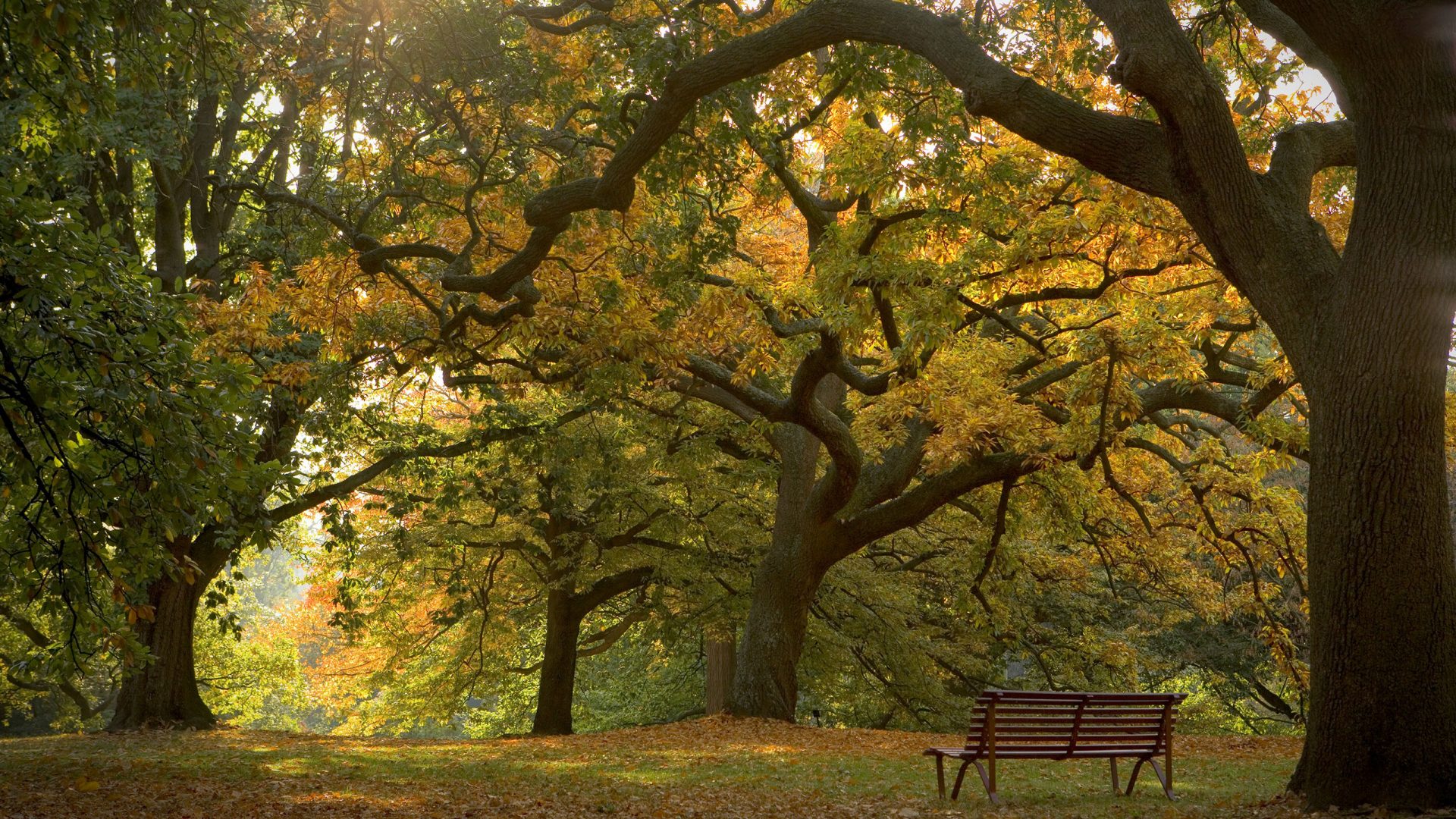Karen Pyke reviews The Hidden Horticulturists: The untold story of the men who shaped Britain’s gardens by Fiona Davison, Atlantic Books, 2019 (paperback 2022)
When Fiona Davison began work at the Lindley library, the main library of the Royal Horticultural Society, she came across a book titled, The Handwriting Book of Under-Gardeners and Labourers. The book contained the handwritten notes of 105 gardeners and labourers from 1823―1829 who were recommended for work and training at the Chiswick gardens of the Royal Horticultural Society.
The notes, essentially a CV for each applicant in their own handwriting, detailed the career paths of young men who commenced horticultural work through apprenticeships and garden labouring, often at some of the grand gardens of England and Scotland and who were selected to work at Chiswick. Davison’s curiosity led to extensive research to discover what happened to these young men after their Chiswick experience. How many made it to the highly regarded position of head gardener on a great estate? What other avenues for career opportunities existed for them and, perhaps more significantly, what factors contributed to them achieving success or otherwise in an exciting horticultural era?
The Chiswick Garden was established in 1818 as an experimental and training garden by the Royal Horticultural Society. It was envisaged that this garden would train gardeners who would lead the way in British horticulture and create a professional, horticultural career path for highly trained and skilled young men.
The author considers the impact of the training received at Chiswick but also questions what else contributed to the success or otherwise of those fortunate enough to be selected to work at Chiswick. Her research at times extends into the genealogical approach taken by family historians as she delves into the past and future lives of 32 of these young men. Davison considers family connections, personal temperaments and qualities, horticultural connections as well as good and bad luck .
Joseph Paxton spent time at Chiswick and his story as one of the elite in the hierarchical structure of British horticulture is well known through his gardening exploits at Chatsworth and his contribution to the construction of the Crystal Palace for the Great Exhibition of 1851. Less well known gardeners who trained at Chiswick also made valuable contributions to the development of horticulture not only in Britain but also internationally. Thomas Bridges went plant collecting in Chile and Bolivia. He enabled the introduction of new plants to the wider horticultural world, including the giant waterlily (Victoria regia) and the Chilean wine palm (Jubaea chilensis). Others like James Trail and William McCulloch were instrumental in the development of important gardens in Egypt and India, and James Watson was appointed superintendent of the Peradeniya Botanic Gardens in Ceylon. Chiswick even trained gardeners from abroad ― Jens Petersen is said to have had a significant impact on the horticulture of Denmark when he returned to his home country.

Not all those who trained at Chiswick became head gardeners; Davison also acknowledges the work of those who became jobbing gardeners. The book provides valuable insights into the horticultural occupations in the early to mid-19th century. While most of those in The Handwriting Book only stayed at Chiswick a short time, Robert Thompson from Scotland spent 46 years working at the Chiswick garden. He became a recognised authority on the growing of apples. Davison is non-judgmental in her approach to examining the lives of these Chiswick-trained gardeners, who were expected, particularly if they became head gardeners, to be examples of moral excellence. Her research reveals that some did not meet those high standards. This is explained in part by their poor working conditions and low wages – especially when compared to the enormous sums spent on acquiring plants and garden.
For Australian readers there is an interesting chapter on John Dalachy, who trained at the Chiswick Garden. From humble beginnings, he rose to be head gardener at Haddo House in Aberdeen. After a short stint at the Peradeniya Gardens in Ceylon, he arrived in Melbourne in 1848. The following year he was appointed overseer of the newly established Melbourne Botanic Gardens. The author discusses Dalachy’s part in the establishment of this garden, the controversies which erupted in Melbourne when Ferdinand von Mueller was appointed as director, with Dalachy demoted to curator at the Gardens and the working relationship between the two men.
While Chiswick eventually experienced a demise, the Royal Horticultural Society garden at Wisley is a direct descendent of the work it began, and there is no doubt that The Handwriting Book has left a legacy that is still being built on today.


